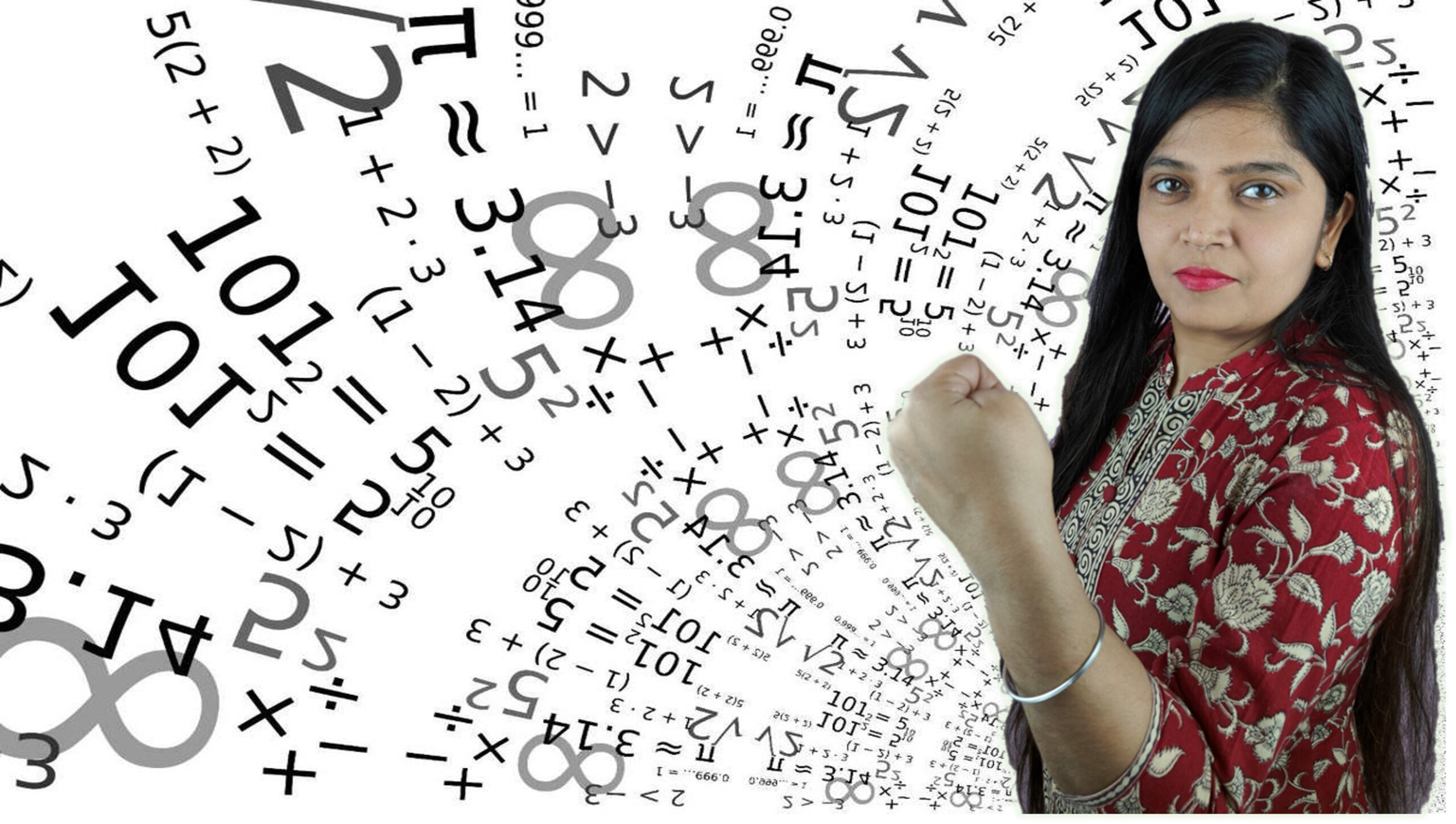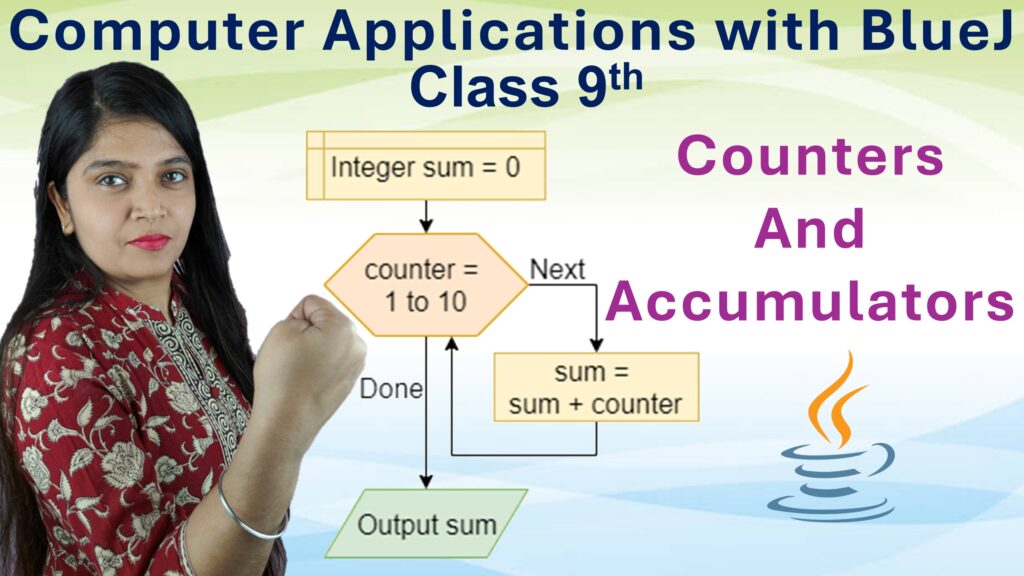Exercise: 1-C
Q1: A survey shows that the population of Arunachal Pradesh, Meghalaya and Tripura are 13,82,611, 29,64,007 and 36,71,032 respectively. What is the total population of these three states?
Step1: Write down the populations of each state.
Arunachal Pradesh = 13,82,611
Meghalaya = 29,64,007
Tripura = 36,71,032
Step2: Add them using column-wise addition.
13,82,611
+ 29,64,007
+ 36,71,032
--------------
80,17,650
Step3: Total population = Population of Arunachal Pradesh + Meghalaya + Tripura
Total = 13,82,611 + 29,64,007 + 36,71,032
= 80,17,650
Answer: Total population is 80,17,650
Q2: The population Of Andhra Pradesh and Telengana are 6,30,20,208 and 3,52,86,757 respectively. By how much does the population of Andhra Pradesh exceed that of Telengana?
Step1: Write down the population of each state.
Andhra Pradesh = 6,30,20,208
Telangana = 3,52,86,757
Step2: Subtract Telangana’s population from Andhra Pradesh’s population.
6,30,20,208
- 3,52,86,757
----------------
2,77,33,451
Step3: Difference in population = Andhra Pradesh − Telangana
Difference = 6,30,20,208 − 3,52,86,757
= 2,77,33,451
Answer: Andhra Pradesh exceeds Telangana by 2,77,33,451
Q3: There was a stock of 85,90,865 quintals of wheat in a godown of the Food Corporation of India. Out of this stock, 17,89,564 quintals was sent to Punjab and 23,17,986 quintals was sent to Delhi. How much is the balance stock now?
Step1: Total wheat in godown = 85,90,865 quintals
Step2: Wheat sent to Punjab = 17,89,564 quintals
Step3: Wheat sent to Delhi = 23,17,986 quintals
Step4: Total wheat sent = Wheat to Punjab + Wheat to Delhi
17,89,564
+ 23,17,986
---------------
41,07,550 quintals
Step5: Balance stock = Total stock − Total wheat sent
85,90,865
− 41,07,550
---------------
44,83,315 quintals
Answer: The balance stock of wheat is 44,83,315 quintals
Q4: A number exceeds 47,56,908 by 16,34,096. Find the number.
Step1: Given number is more than 47,56,908 by 16,34,096.
So we need to add both the numbers to find the required number.
Step2: Perform addition:
47,56,908
+ 16,34,096
---------------
63,91,004
Answer: The required number is 63,91,004
Q5: By how much is 15,69,749 smaller than 20,00,000?
Step1: To find how much smaller 15,69,749 is than 20,00,000,
we need to subtract the smaller number from the bigger number.
Step2: Perform subtraction:
20,00,000
− 15,69,749
---------------
4,30,251
Answer: 15,69,749 is smaller than 20,00,000 by 4,30,251
Q6: By how much is 1,43,56,803 larger than 86,78,215?
Step1: To find how much larger 1,43,56,803 is than 86,78,215,
we subtract the smaller number from the larger number.
Step2: Perform subtraction:
1,43,56,803
− 86,78,215
----------------
56,78,588
Answer: 1,43,56,803 is larger than 86,78,215 by 56,78,588
Q7: What number must be subtracted from 23,56,714 to get 8,69,873?
Step1: Let the required number be X.
According to the question:
23,56,714 − X = 8,69,873
Step2: Transpose X to the other side and 8,69,873 to the left side:
X = 23,56,714 − 8,69,873
Step3: Perform subtraction:
23,56,714 − 8,69,873 ------------- 14,86,841
Answer: 14,86,841 must be subtracted from 23,56,714 to get 8,69,873
Q8: What must be added to 46,97,859 to get 63,00,000?
Step1: Let the required number be X.
According to the question:
46,97,859 + X = 63,00,000
Step2: Transpose 46,97,859 to the right-hand side:
X = 63,00,000 − 46,97,859
Step3: Perform the subtraction:
63,00,000 − 46,97,859 ------------- 16,02,141
Answer: 16,02,141 must be added to 46,97,859 to get 63,00,000
Q9: Sum of two numbers is 60,10,203. If one of the numbers is 48,21,325, find the other.
Step1: Let the other number be X.
According to the question:
48,21,325 + X = 60,10,203
Step2: Transpose 48,21,325 to the right-hand side:
X = 60,10,203 − 48,21,325
Step3: Perform the subtraction:
60,10,203 − 48,21,325 ------------- 11,88,878
Answer: The other number is 11,88,878
Q10: A man had ₹1,35,00,000 with him. He gave ₹56,32,560 to his wife, ₹37,84,890 to his son and the balance to his daughter. How much money does the daughter get?
Step1: Total amount the man had: 1,35,00,000
Step2: Add the amounts given to wife and son:
56,32,560 + 37,84,890 ----------- 94,17,450
Step3: Subtract the total given from the initial amount:
1,35,00,000
− 94,17,450
--------------
40,82,550
Answer: The daughter gets ₹40,82,550
Q11: Swati saves ₹6,750 per month. How much she will save in 12 years?
Step1: Calculate number of months in 12 years:
12 years = 12 × 12 = 144 months
Step2: Multiply monthly savings by total months:
6,750 × 144 = 9,72,000
Answer: She will save ₹9,72,000 in 12 years
Q12: The cost of a chair is ₹1,586. How much will such 245 chairs cost?
Step1: Multiply the cost of one chair by number of chairs:
1,586 × 245 = 3,88,570
Answer: The cost of 245 chairs is ₹3,88,570
Q13: A factory produces 9,675 screws in a day. How many screws will it produce in an ordinary year?
Step1: An ordinary year has 365 days.Step2: Multiply daily production by 365:
9,675 × 365 = 35,31,375
Answer: The factory will produce 35,31,375 screws in a year
Q14: An aeroplane covers 1,685 km per hour. How much distance will it cover in 58 hours?
Step1: Multiply speed per hour by time:
1,685 × 58 = 97,730 km
Answer: It will cover 97,730 km in 58 hours
Q15: A scooter costs ₹46,850. How much will 234 such scooters cost?
Step1: Multiply cost of one scooter by 234:
46,850 × 234 = 1,09,62,900
Answer: The cost of 234 scooters is ₹1,09,62,900
Q16: How much money was collected from 1,625 students of a school for a charity show, if each student contributed ₹740?
Step1: Multiply the amount per student by total students:
1,625 × 740 = 12,02,500
Answer: ₹12,02,500 was collected
Q17: If the cost of 65 refrigerators is ₹48,46,400, what is the cost of each refrigerator?
Step1: Divide the total cost by number of refrigerators:
48,46,400 ÷ 65 = 74,560
Answer: The cost of each refrigerator is ₹74,560
Q18: If the cost of 35 flats is ₹1,24,94,300, find the cost of each flat.
Step1: Divide total cost by 35:
1,24,94,300 ÷ 35 = 3,56,980
Answer: The cost of each flat is ₹3,56,980
Q19: The product of two numbers is 17,20,740. If one of the numbers is 1,785, find the other.
Step1: Divide the product by the known number:
17,20,740 ÷ 1,785 = 964
Answer: The other number is 964
Q20: A car covers 4,320 km in 45 hours. At what speed per hour does the car move?
Step1: Speed = Distance ÷ Time
Speed = 4,320 ÷ 45 = 96 km/h
Answer: The car moves at 96 km/h
Q21: 13 kg 650 g of milk is distributed equally among 21 students. How much milk will each get?
Step1: Convert 13 kg 650 g to grams:
13,000 g + 650 g = 13,650 g
Step2: Divide by 21:
13,650 ÷ 21 = 650 g
Answer: Each student gets 650 g of milk
Q22: A man covers 36 km in 1 hour. Find his speed in metres/sec.
Step1: Convert km to m:
36 km = 36,000 m
Step2: Convert 1 hour to seconds:
1 hour = 60 × 60 = 3,600 seconds
Step3: Speed = Distance ÷ Time
Speed = 36,000 ÷ 3,600 = 10 m/sec







Leave a Comment